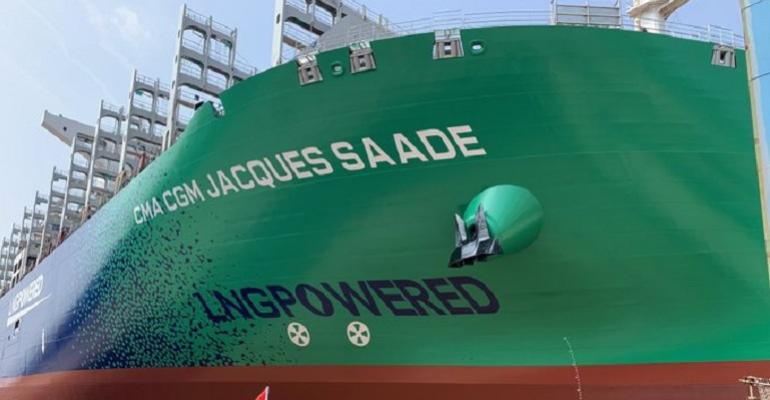The group analysed emissions for two identical 180,000 dwt capsizes, one using LNG as a fuel and the other using standard marine fuel. The results were measured against the CII, a rating of the carbon intensity of transport work in CO2 emitted per deadweight ton capacity and nautical mile. Operators will need to reach a baseline CII from 2024, with annual increases in the minimum acceptable level.
The analysis assumed a 20% reduction in CO2 emissions between heavy fuel oil and LNG.
“The results showed that the LNG-fuelled vessel immediately rated two grades higher than the conventionally fuelled vessel. LNG can be the difference between having a ‘moderate’ C-rated ship and having a ‘major superior’ A-rated ship on the IMO’s CII scale,” SEA-LNG said in a press release.
The results suggest that LNG-fuelled vessels will be able to operate normally beyond 2030 and could extend compliance through 2050 using more sustainably produced drop-in and blended fuels like bioLNG and synthetic LNG.
“By using bioLNG and renewable synthetic LNG, a vessel commissioned yesterday, today and in the future can retain a favourable CII rating as major superior A or superior B throughout its lifetime,” SEA-LNG said.
The fuel further offers commercial advantages as various industry stakeholders offer discounts and incentives to greener vessels, and charterers look to play their part in decarbonising supply chains.
John Hatley, SEA-LNG Investment Committee Chairman, commented: “Clearly, LNG will offer a competitive advantage to ship owners and operators as charterers prefer engaging the higher-performing A and B rated vessels necessary to meet their own GHG emission reduction commitments. Adding bio-LNG or renewable synthetic LNG, both fully interchangeable with fossil LNG in LNG-fuelled vessels and bunkering infrastructure, will enable maintenance of this advantageous rating level over the life of the vessel and ensure that owners are not left with stranded assets.”
Copyright © 2024. All rights reserved. Seatrade, a trading name of Informa Markets (UK) Limited.
Add Seatrade Maritime News to your Google News feed.  |

